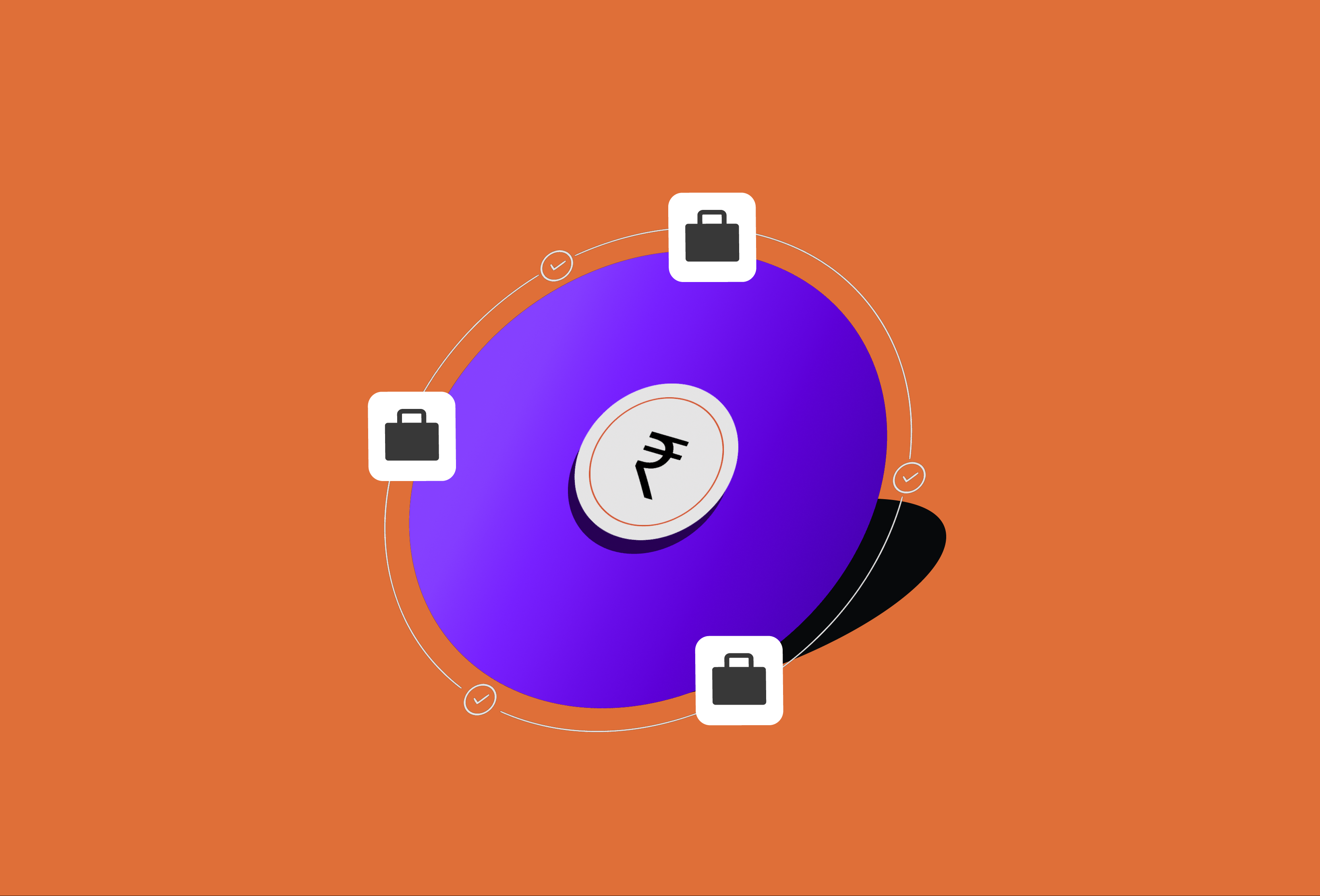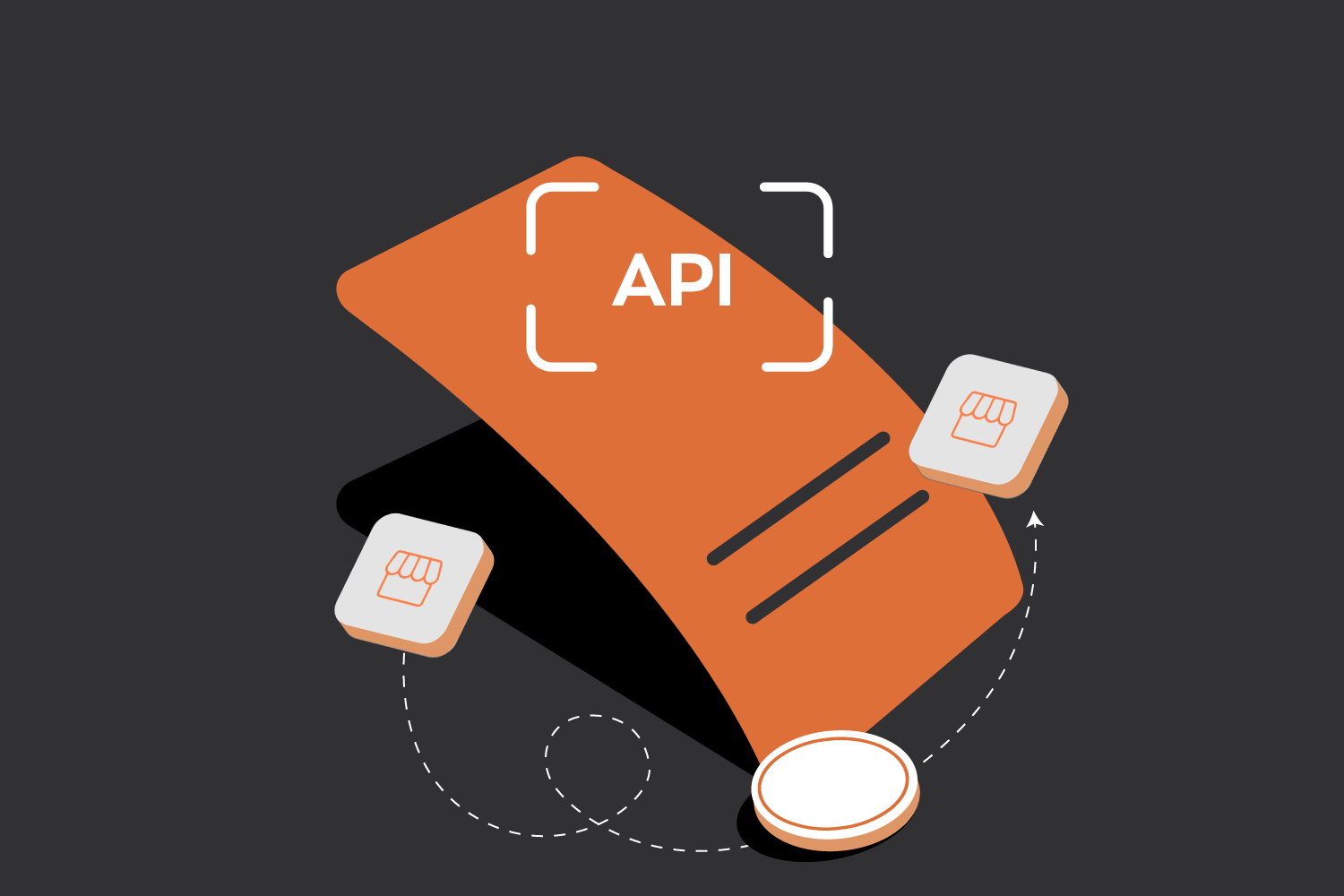If you’re a global business looking to tap into India’s booming digital economy, you’ve likely heard the buzz. With a massive population and a rapidly digitising consumer base, India is a land of immense opportunity. But here’s the thing: while the opportunity is huge, the payment landscape is unlike anything you’ve seen before.
Many global brands and foreign businesses enter the Indian market with a “one-size-fits-all” approach, assuming their existing payment infrastructure will suffice. This is where they get it wrong. The result? High cart abandonment rates, failed transactions, and a frustrating experience for both the business and the customer.
So, how exactly do online payments work in India? Let’s delve into what makes this ecosystem unique, identify key mistakes to avoid, and develop a payment strategy that truly works.
The Indian Payment Ecosystem: A World of Its Own
India hasn’t followed the global playbook for payments; it has written its own. While the West built its digital economy on a foundation of credit cards, India leapfrogged straight into a real-time, mobile-first payments revolution. The core of this revolution is a unique set of payment methods and regulations that are crucial for any business, foreign or domestic, to understand.
The Rise of UPI: The King of Payments
The Unified Payments Interface (UPI) is the single most important player in the Indian payments scene. It’s an interoperable, real-time, bank-to-bank payments layer that allows users to send and receive money instantly using a unique UPI ID (like yourname@bank).
Think of UPI as the digital equivalent of cash, but for a nation of over a billion people. It’s fast, free, and incredibly popular, accounting for a massive share of all digital transactions. Any business that wants to succeed in India simply cannot afford to ignore UPI.
RuPay: The Domestic Card Network
While Visa and Mastercard are globally recognised, India has its card network, RuPay, which has gained significant traction. With millions of debit and credit card holders, RuPay is a powerful force. Many Indian consumers, especially those in smaller towns and cities, may not even have an international card.
Ignoring RuPay means alienating a large segment of the market. The good news is that RuPay credit cards are now enabled on UPI, a game-changer that further cements their position in the market.
The Regulation Factor
The Reserve Bank of India (RBI) plays a pivotal role in shaping the payment landscape. The regulations are strict and constantly evolving, with a strong focus on data localisation, security, and consumer protection.
For example, the RBI’s guidelines on recurring payments (e-mandates) mean that the traditional “save card and auto-charge monthly” model is no longer effective. Businesses must implement a compliant subscription flow, which often requires re-architecture. Similarly, card tokenisation is mandatory, adding another layer of security and complexity.
What Global Brands Get Wrong
Navigating this unique landscape is where foreign businesses often stumble. Here are some of the most common mistakes:
- Ignoring UPI: This is the biggest blunder. Relying solely on international credit cards is a recipe for low conversion rates and high cart abandonment. Indian customers expect and prefer to pay with UPI.
- High Failure Rates: Even when a global brand does accept cards, the payment success rate can be low. This is often due to a lack of native support for India’s mandatory OTP (One-Time Password) authentication and a payment system that isn’t optimised for local banks.
- Assuming a Universal Checkout Flow: What works in the US or Europe won’t work here. The Indian consumer is mobile-first, and they expect a seamless, tap-and-pay experience. A clunky, slow checkout process is a surefire way to lose customers.
- Non-Compliant Recurring Payments: Businesses offering subscription services often face spikes in churn because their billing systems aren’t compliant with RBI’s e-mandate rules. This can result in payment failures and a suboptimal customer experience.
- Complex Cross-Border Payments: Accepting payments from Indian customers as a foreign business can be a headache. The process often involves high fees, poor exchange rates, and slow settlement times.
How to Get It Right: Your Blueprint for Success
Now that we’ve covered the pitfalls, let’s talk about the solution. To succeed in India, you need to localise your payment strategy, not just your currency.
1. Adopt a “UPI-First” Mindset
This is non-negotiable. Integrate UPI into your checkout process prominently. For a seamless experience, use a local partner that offers a robust UPI switch for the highest success rates. This will instantly build trust and cater to the payment method of choice for millions of Indian users.
2. Embrace RuPay and Other Local Payment Methods
While UPI is king, a diverse range of payment options is key. Ensure your payment gateway supports RuPay debit and credit cards, as well as popular mobile wallets and Net Banking. The more options you offer, the higher your conversion rate will be.
3. Optimise for High Success Rates
Work with a payment partner that has a deep understanding of the Indian payment gateway market. Choose a solution that is built to handle the unique challenges of the market, such as:
- Smart Retry Logic: An intelligent system that automatically retries a failed transaction using an alternative payment method can help you recover lost sales.
- Optimised for Local Banks: A solution that routes transactions through local acquiring banks will result in better success rates and faster settlements.
- Native OTP Support: Ensure your card payment flow is designed to handle India’s mandatory OTP authentication seamlessly.
4. Simplify How to Accept Payments in India as a Foreign Business
If you’re a foreign business, the process of accepting payments from India can be a complex and challenging logistical and regulatory maze. Look for a solution that simplifies this. A local payment partner can act as your bridge, allowing you to accept payments from Indian customers in INR and get settlements in your preferred international currency, all while handling the compliance and documentation for you.
5. Build Compliant and Seamless Recurring Payments
For subscription-based businesses, a compliant and user-friendly recurring payment flow is vital. Work with a partner that supports UPI Autopay and other e-mandate solutions, ensuring a smooth and hassle-free experience for your customers.
How Zwitch Solves This for You
At Zwitch, we understand the nuances of the Indian payment landscape. Our API suite is designed to be the bridge that connects your global business to the local Indian market. Our collection APIs enable you to accept payments from a wide range of local methods, including UPI, Net Banking, and cards. Our payout APIs enable instant disbursement of funds to vendors and partners, while our banking APIs provide the underlying infrastructure to manage the process seamlessly. We handle the complexities of local regulations and technology, so you can focus on what you do best: growing your business.
Frequently Asked Questions (FAQ)
What is UPI and why is it so important?
UPI (Unified Payments Interface) is a real-time payment system that enables users to transfer money instantly between bank accounts using a mobile app. It’s crucial because it’s the preferred payment method for a majority of Indian consumers due to its speed, convenience, and zero transaction fees.
How do international businesses handle RBI’s data localisation requirements?
RBI mandates that all payment data must be stored within India. To comply, foreign businesses should partner with a local payment gateway or a service that has servers and data centres in India, ensuring all transaction data is processed and stored locally.
What is the difference between a payment gateway and a payment aggregator in India?
A payment gateway is the technology that connects your website to the acquiring bank. In contrast, a payment aggregator is a service provider licensed by the RBI to process payments on behalf of merchants. Working with a licensed payment aggregator is essential for compliance and security in India. Read more here.
What is an FIRC, and why is it essential for foreign businesses?
FIRC stands for Foreign Inward Remittance Certificate. It’s a document that acts as proof of a foreign currency receipt. It is essential for tax compliance and maintaining accurate legal records, particularly for businesses that export goods or services. A good payment partner will help you generate FIRCs.
How can I improve my payment success rates for Indian customers?
To improve success rates, offer a wide variety of payment methods, especially UPI and RuPay cards. Partner with a local payment gateway that has a high success rate and uses smart retry logic. Additionally, ensure that your checkout process is both mobile-friendly and fast.
Are recurring payments in India different from those in other countries?
Yes, due to RBI regulations, recurring payments must be processed via e-mandates, such as UPI Autopay. This requires explicit user consent for each transaction, and the traditional “auto-charge” model is not compliant.











